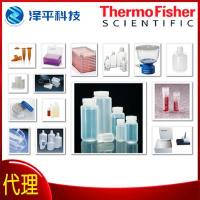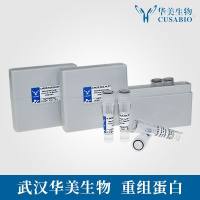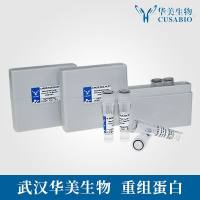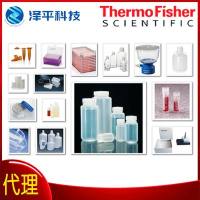The use of recombinant antigens and chemically synthesized peptides are the new approaches for the construction of reliable and sensrtive diagnostic assays. Moreover, in the field of virology, the use of recombinant antigens eliminates the need to handle highly hazardous material in the preparation of the assays (1 ,2 ) and allows the assembly of multiepitope polypeptides (3 ). The protein purification is a critical step in the preparation of recombinant antigens. It is important to point out that the biochemical characteristics of a recombinant protein, expressed in a heterologous system, are unique. Purification problems may be very different for related structural proteins expressed in the same host or for the same protein expressed in different hosts. The designing of an antigen purification procedure is strongly dependent on the immunodominant epitopes present on its surface. The antibodies recognize chemical groupings, exposed to the solvent, on the surface of an antigen An immunodominant determinant may be continuous or discontniuous. Moreover, continuous epitopes can be sequential, if they are only defined by the primary protein sequence, or conformational, if they are associated to secondary structure elements (α-helix, β-sheet, loops). Discontinuous epitopes are, instead, defined by the tertiary structure of the protein. Furthermore, the expression system (bacteria, yeast, insect cells, mammalian cells), the expression condition used (4 ), the sensitivity of the recombmant antigen to host proteases (5 ), and the number of steps involved in the purification procedure may have relevant effects on the yield and on the purity of the recombinant antigen.






